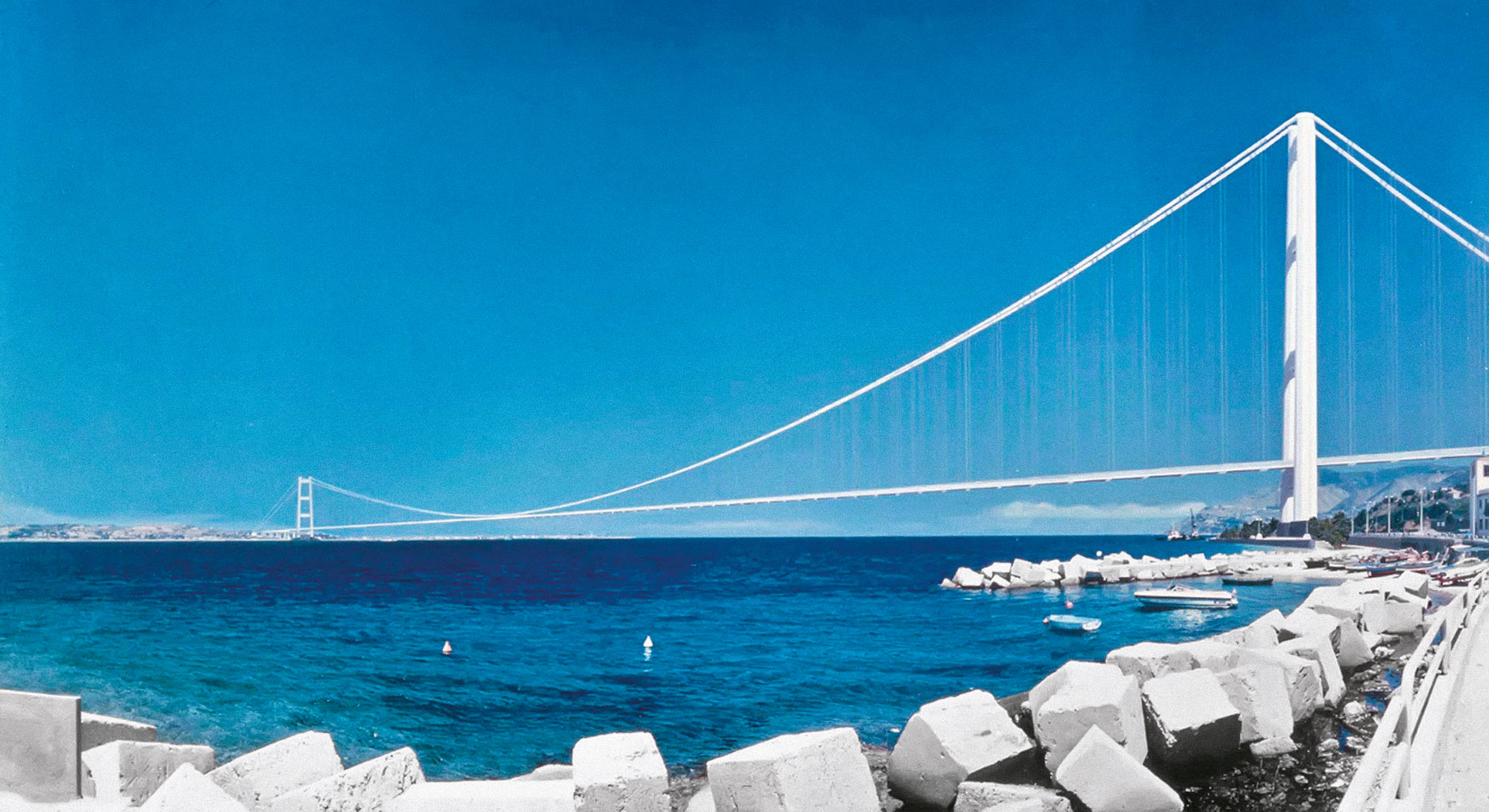Another Italian government wants to make Sicilians happy by building a passage connecting their island to the rest of Italy. And thus break the eternal Italian impossibility.
Two weeks ago, in a private oncology clinic, located – as malicious people point out – a few hundred meters from the headquarters of the Anti-Mafia Agency, the Carabinieri arrested Matteo Messina Denaro, who had been hiding since 30 years.
Faced with this success, Matteo Salvini, Deputy Prime Minister and Minister of Infrastructure, decided to warm up, announcing the closure of one of the darkest chapters in the history of Sicily. And he announces the construction of a bridge over the Strait of Messina, which will finally connect the island to Italy. Thus, the right-wing government chose Sicily, known for its inertia and inbreeding, to demonstrate the efficiency so appreciated by voters. Did he do it at his own risk?
The ancient Romans considered Sicily their first province. Not a part of Italy, but a province, a separated and conquered region. Its inhabitants have developed this concept, building a melancholy victim syndrome: the image of an island constantly conquered by successive civilizations. The Strait of Messina, separating them from mainland Italy, is therefore the equivalent of the Bosphorus in the mentality of the Sicilians, a symbolic border of the worlds, and at the same time a buffer of security between their own and foreigners, a “strait necessary “.
The Romans themselves seriously thought about a permanent bridge across the strait, the two adjoining shores of which were identified with the place of appearance of mythical monsters – Scylla and Charybdis. Pliny the Elder even claims that a makeshift bridge based on boats or floating barrels was built, over which more than a hundred war elephants captured from the Carthaginians were transported to Italy. Similar projects would have occupied the minds of Charlemagne and Robert Guiscard, the Norman ruler of southern Italy.
However, it was not until the advent of the Industrial Revolution that made the plans for building a bridge more realistic.
Policy 6.2023
(3400) of January 31, 2023; World; p.54
Original title of the text: “Bridge in the Desert”







